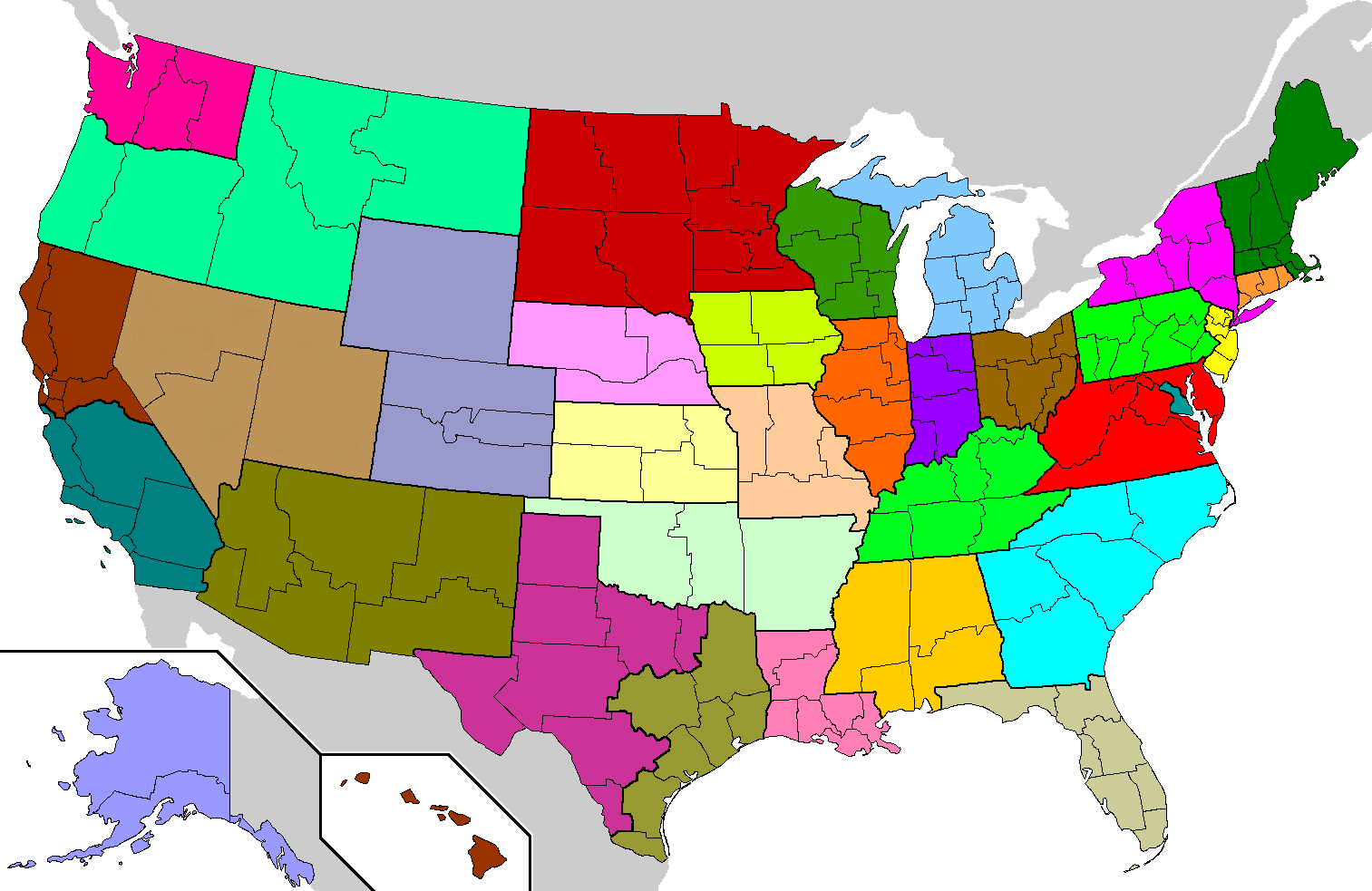|
Olin Pierre Louis
Olin Pierre Louis is a Haitian Roman Catholic priest in San Juan, Puerto Rico. Louis was named the parish priest of la iglesia Nuestra Señora de la Providencia in San Juan by Roberto González Nieves, the leader of the Roman Catholic Church in Puerto Rico. Pierre Louis is known for providing support and advocating for Haitian and Dominican immigrants in Puerto Rico. Early life Olin Pierre Louis Noelsaint is originally from Haiti. Career Pierre Louis arrived in Puerto Rico in 2000. He was ordained by archbishop Roberto González Nieves on 24 March 2009. Pierre Louis was the pastor of Church of San Mateo de Cangrejos of Santurce in Santurce, Puerto Rico for 5 years. In 2014, he reported that his church received approximately 600 Haitian immigrants as they were en route to the United States and Francophone regions of Canada. He is an advocate for the Dominican immigrant population in Puerto Rico. He houses Haitian migrants and raises money uses his congregation to raise mon ... [...More Info...] [...Related Items...] OR: [Wikipedia] [Google] [Baidu] |
Roberto González Nieves
Roberto Octavio González Nieves, O.F.M. (born June 2, 1950) is an American prelate of the Catholic Church. He has been serving as archbishop of the Archdiocese of San Juan in Puerto Rico since 1999. González previously served as an auxiliary bishop of the Archdiocese of Boston in Massachusetts from 1988 to 1995, and as bishop of the Diocese of Corpus Christi in Texas from 1997 to 1999 after two years as coadjutor. He devoted his first decade as a priest to pastoral work in the Bronx borough of New York City. Biography Early life and education Roberto González was born in Elizabeth, New Jersey, on June 2, 1950, to Puerto Rican parents. He attended Academia Santa Monica in Santurce, a district of San Juan, and then began his priestly formation at St. Joseph Seraphic Minor Seminary in Callicoon, New York. He graduated from Siena College in Loudonville, New York, in 1970. González was accepted as a candidate for the Franciscans at Christ House in Lafayette, New Jersey, i ... [...More Info...] [...Related Items...] OR: [Wikipedia] [Google] [Baidu] |
Haiti
Haiti (; ht, Ayiti ; French: ), officially the Republic of Haiti (); ) and formerly known as Hayti, is a country located on the island of Hispaniola in the Greater Antilles archipelago of the Caribbean Sea, east of Cuba and Jamaica, and south of The Bahamas and the Turks and Caicos Islands. It occupies the western three-eighths of the island which it shares with the Dominican Republic. To its south-west lies the small Navassa Island, which is claimed by Haiti but is disputed as a United States territory under federal administration."Haiti" ''Encyclopædia Britannica''. Haiti is in size, the third largest country in the Caribbean by area, and has an estimated population of 11.4 million, making it the most populous country in the Caribb ... [...More Info...] [...Related Items...] OR: [Wikipedia] [Google] [Baidu] |
Church Of San Mateo De Cangrejos Of Santurce
Church of San Mateo de Cangrejos of Santurce () was first built in 1832 as a chapel. In 1896, State Architect Pedro Cobreros, who designed other churches in Puerto Rico, reconstructed its facade and enlarged the interior. The church is different from others in Puerto Rico in that its not related to a municipality's urban center. When first built it was the parish church of Villa de Cangrejos but with the urban development of the metropolitan area, Santurce was absorbed into San Juan, the capital of Puerto Rico. The building is located at the highest elevation of Santurce, which allows for a view of Santurce, now a barrio of San Juan. Its large facade has two towers with three stories in between. This feature is known as westwork; (a west-facing entrance with towers, a vestibule, and a chapel). However, in the case of this church, its main entrance faces south. Curved steps lead up to the main entrance. The church, oriented from north to south, deviates from the traditional east t ... [...More Info...] [...Related Items...] OR: [Wikipedia] [Google] [Baidu] |
Santurce, San Juan, Puerto Rico
Santurce (, from the Basque ''Santurtzi'' which means Saint George) is a barrio or district in the municipality of San Juan. Its population in 2020 was 69,469. It is also the biggest and most populated of all the barrios in the capital city with a bigger population than most municipalities of Puerto Rico and one of the most densely populated areas of the island (13,257.4 persons per square mile). Geography Geographically speaking, Santurce is a peninsula that is attached to the mainland in the east, where it borders with the Isla Verde district of Carolina. It is 7.6 km long from west to east, and up to 3.0 km wide in the eastern part. The peninsula is bounded by the Atlantic Ocean in the north, with more than five km of beaches from the Condado peninsula in the west, to a point 600 m east of ''Punta Las Marías'', where it borders on the Isla Verde area, and '' Laguna San José'' and its northern embayment, ''Laguna Los Corozos'' to the east. To the south is the ... [...More Info...] [...Related Items...] OR: [Wikipedia] [Google] [Baidu] |
Francophone Canada
French is the mother tongue of approximately 7.2 million Canadians (22.8 percent of the Canadian population, second to English at 56 percent) according to the 2016 Canadian Census. Most Canadian native speakers of French live in Quebec, the only province where French is the majority language and the only province in which it is the sole official language. Of Quebec's people, 71.2 percent are native francophones and 95 percent speak French as their first or second language. About one million native francophones live in other provinces, forming a sizable minority in New Brunswick, which is officially bilingual; about a third of New Brunswick's people are francophones. There are also French-speaking communities in Manitoba and Ontario, where francophones are about 4 percent of the population, and smaller communities (about 1 to 2 percent of the population) in Alberta, Nova Scotia, Prince Edward Island, and Saskatchewan. Many of these communities are supported by French-langu ... [...More Info...] [...Related Items...] OR: [Wikipedia] [Google] [Baidu] |
Haitian Creole
Haitian Creole (; ht, kreyòl ayisyen, links=no, ; french: créole haïtien, links=no, ), commonly referred to as simply ''Creole'', or ''Kreyòl'' in the Creole language, is a French-based creole language spoken by 10–12million people worldwide, and is one of the two official languages of Haiti (the other being French), where it is the native language of a majority of the population. The language emerged from contact between French settlers and enslaved Africans during the Atlantic slave trade in the French colony of Saint-Domingue (now Haiti) in the 17th and 18th centuries. Although its vocabulary largely derives from 18th-century French, its grammar is that of a West African Volta-Congo language branch, particularly the Fongbe language and Igbo language. It also has influences from Spanish, English, Portuguese, Taino, and other West African languages. It is not mutually intelligible with standard French, and has its own distinctive grammar. Haitians are the largest com ... [...More Info...] [...Related Items...] OR: [Wikipedia] [Google] [Baidu] |
List Of Haitians
This is a list of notable Haitian people. It includes people who were born in Haiti or possess Haitian citizenship, who are notable in Haiti and abroad. Due to Haitian nationality laws, dual citizenship is now permitted by the Constitution of Haiti, therefore people of Haitian ancestry born outside of the country are not included in this list, unless they have renounced their foreign citizenship or have resided extensively in Haiti and made significant contributions to Haitian government or society. The list includes both native-born and naturalized Haitians, as well as permanent foreign residents who have been recognized internationally for artistic, cultural, economic, historical, criminal, or political reasons, among others. If not indicated here, their birth in Haiti and notability are mentioned in their main article. This list does not include fictional characters or Haitian associations and organizations. Academics * Peggy Brunache – archaeologist and food historian * ... [...More Info...] [...Related Items...] OR: [Wikipedia] [Google] [Baidu] |
Catholic Church In The United States
With 23 percent of the United States' population , the Catholic Church is the country's second largest religious grouping, after Protestantism, and the country's largest single church or Christian denomination where Protestantism is divided into separate denominations. In a 2020 Gallup poll, 25% of Americans said they were Catholic. The United States has the fourth largest Catholic population in the world, after Brazil, Mexico, and the Philippines. Catholicism first arrived in North America during the Age of Discovery. In the colonial era, Spain and later Mexico established missions (1769-1833) that had permanent results in New Mexico and California ( Spanish missions in California). Likewise, France founded settlements with missions attached to them in the Great Lakes and Mississippi River region, notably, Detroit (1701), St. Louis (1764) and New Orleans (1718). English Catholics, on the other hand, "harassed in England by the Protestant majority," settled in Maryland (16 ... [...More Info...] [...Related Items...] OR: [Wikipedia] [Google] [Baidu] |
University Of Puerto Rico, Río Piedras Campus
The University of Puerto Rico, Río Piedras Campus ( es, Universidad de Puerto Rico, Recinto de Río Piedras; UPR-RP, or informally La IUPI) is a public land-grant research university in San Juan, Puerto Rico. It is the largest campus in the University of Puerto Rico system in terms of student population and it was Puerto Rico's first public university campus. The university serves more than 18,000 students, 20% of whom are graduate students, and grants an average of over 3,000 degrees a year. Its academic offerings range from the bachelor to the doctoral level with 70 undergraduate programs and 19 graduate degrees including 71 specializations in the basic disciplines and professional fields. UPR‐RP has consistently granted the largest number of doctorate degrees to Hispanic students under the United States jurisdiction. History In the year 1900 the ''Escuela Normal Industrial'' (Normal Industrial School) was established in Fajardo, Puerto Rico as the first institution of h ... [...More Info...] [...Related Items...] OR: [Wikipedia] [Google] [Baidu] |
Primera Hora (Puerto Rico)
''Primera Hora'' is a daily newspaper of Puerto Rico. History It was established on November 17, 1997, by Carlos Nido and Héctor Olave. Distributed free of charge through a print edition from Monday to Friday, readers can get ''Primera Hora'' through subscription, in establishments and at traffic lights throughout the island. Reaching more than 200,000 people with its regionalized distribution, Primerahora.com is also the second most visited local news website in Puerto Rico. ''Primera Hora'' also fleshed out questions raised by Puerto Rican politicians in 2002, by publishing research findings and even conducting its own research during a Sandungueo#Controversy, national controversy over music and , a popular dance move associated with reggaeton. ''Primera Hora'' conducted its minor survey on how dancing to reggaeton music affects youth, specifically young women in Puerto Rico. References External links * Spanish-language newspapers published in Puerto Rico News ... [...More Info...] [...Related Items...] OR: [Wikipedia] [Google] [Baidu] |





